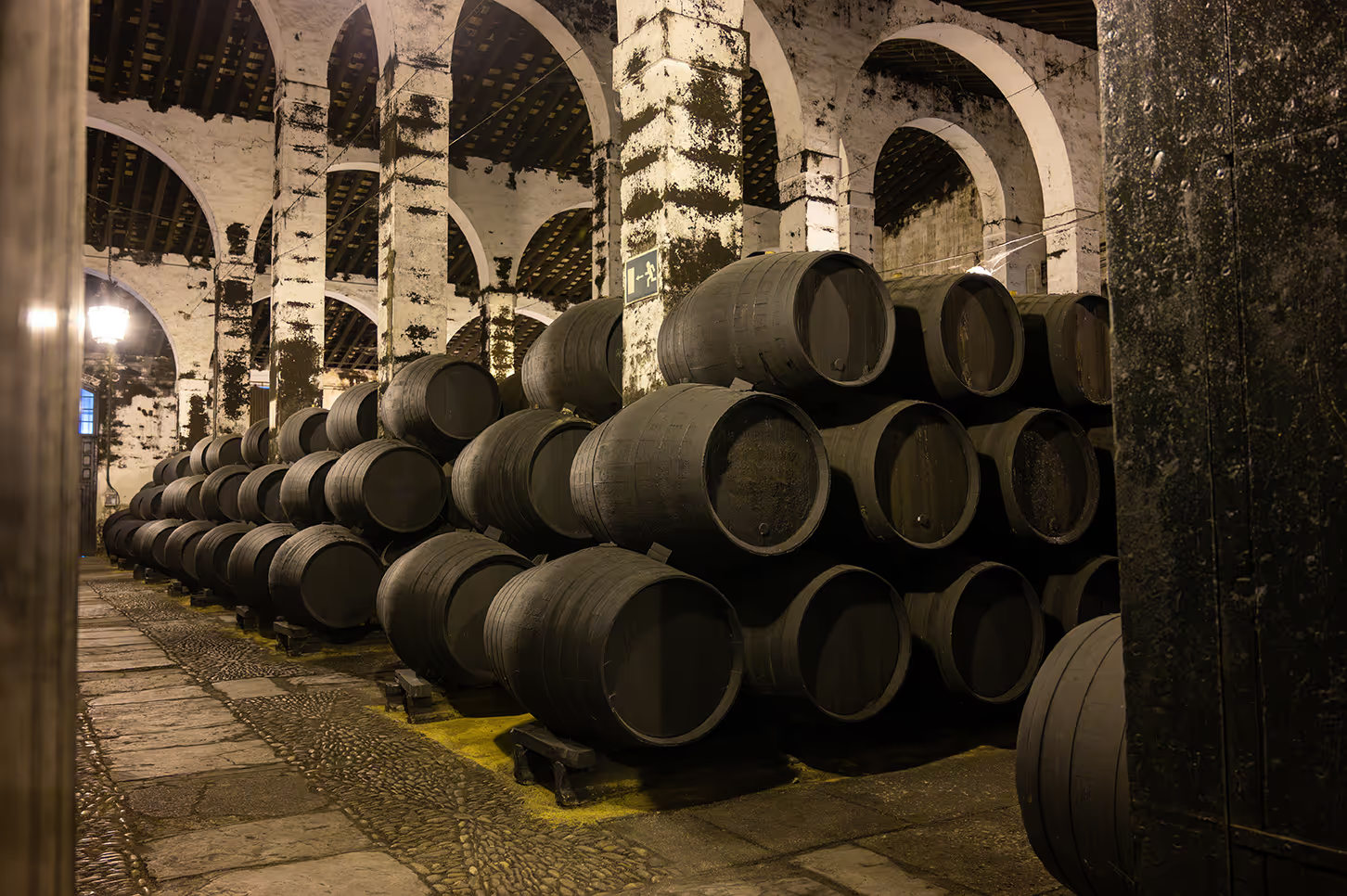
VARIETY & GEOGRAPHY
A Sense of Place
As well as great-tasting liquid, we are also looking for rum with a sense of place. That is one of the joys of rum: there is so much variation in geographical style. At its best, rum is soexpressive of its source... And so we seek out rum that has been made with that expression of, if you like, terroir forefront of production – whether that’s using locally grown cane, molasses produced on-site, natural fermentation where wooden washbacks have literally soaked up the microenvironment in the form of the local natural yeast, or it’s a particular style of distillation unique to that island or region.
We don’t bottle rum that has caramel or sugar added. If there are sweet notes, those are natural – we want the particular fruit character of the place to shine through.
An understanding of specific styles
One of the unique characteristics of rum distilling is that one distillery often has several distillation styles. In that sense, it’s very different from, for example, Scotch whisky. They might have a light, medium and heavy spirit running off a column still; they might run column stills and pot stills; they could have a retort, or a wooden pot still or a batch kettle too. All of these are going to produce spirits of different character – and that’s before blending.
Championing underrated rum
By the same token, we believe that column still rum deserves a better reputation. In the right hands, certain styles of column still can produce magic. Rum distillers in different parts of the world have adapted them to extract more flavour. Often, if the cut is just so and there are the right number of reflux plates, a column still can produce something that can have just as much character as a lighter pot still rum.
On Elixir’s Rum Trail, we will champion the best of column still rums, in the same way we only champion the best pot still and blended rums.
Balanced maturation
Maturation is very important and it’s all about balance. There is tropical ageing, where the rum was distilled, and continental ageing in Europe, often here in the UK. Tropical ageing gives the rum its rich warmth – I know it sounds like something a marketing department would write, but it really does give it a sunburst. But some rums benefit from more continental ageing, the slower development of more complex flavours. That’s because full-length tropical ageing can overpower that particular style – the heat is too intense; the evaporation is too quick; wood notes develop too strongly; and you end up with something too tannic.
It’s very important to us to get the balance right between the two ways of ageing. In the Rum Trails bottlings, there will always have been a significant tropical ageing period, during which the local character is accentuated, but we often age it further – not finishing in an overactive cask, but further maturation – in our warehouses in Scotland.

Into the bottle
There is a bit of an obsession in rum with bottling at high cask strength, but we’d rather lower the ABV to something more drinkable. Dilution has to be done over time to integrate properly – if you pour a rum and add water in the glass, it will fall apart. We are bottling at a a level that means the rum is delicious when poured.

